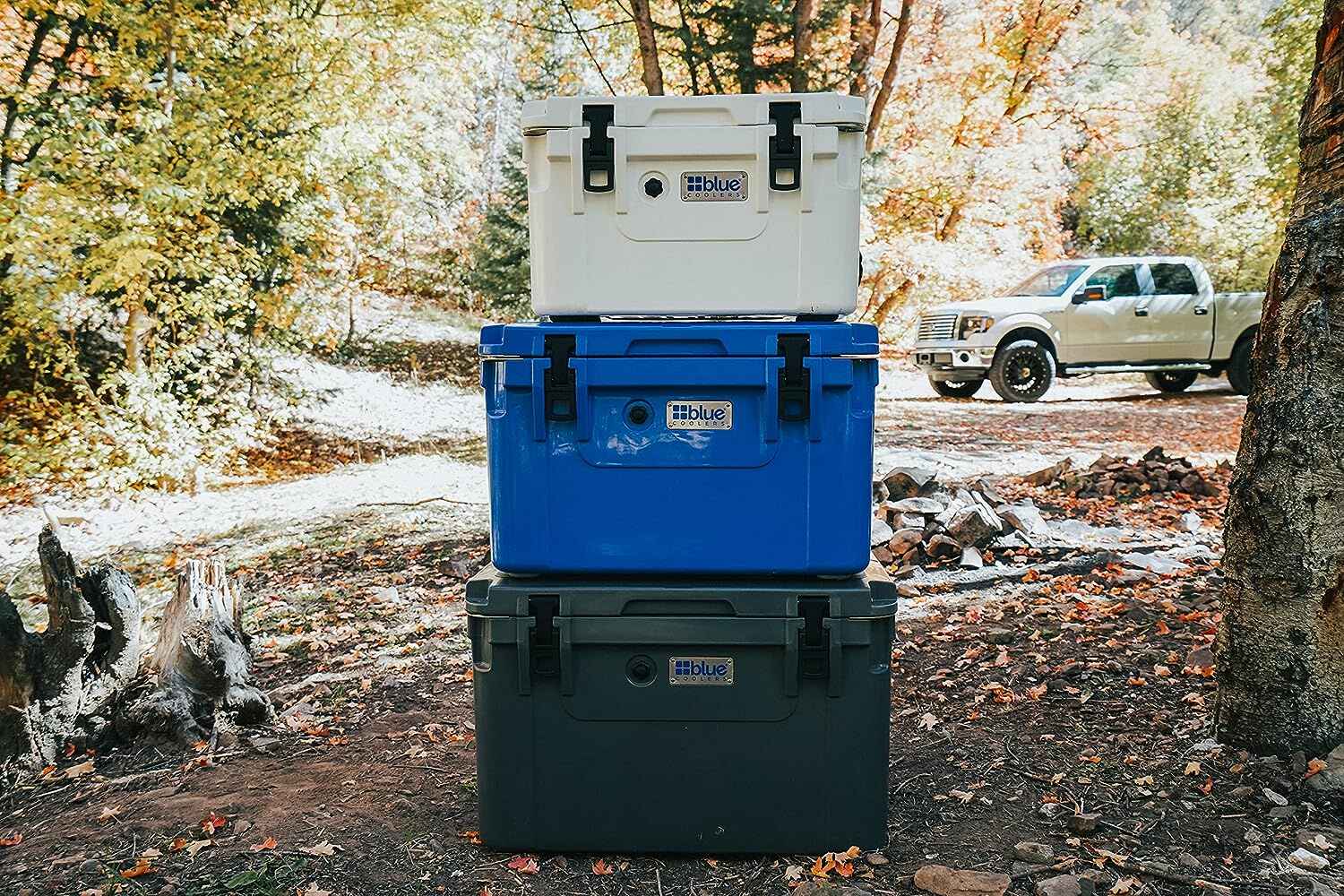

Articles
How To Store Coolers
Modified: January 6, 2024
Learn how to store coolers properly with these helpful articles. Keep your coolers clean, organized, and ready for your next adventure!
(Many of the links in this article redirect to a specific reviewed product. Your purchase of these products through affiliate links helps to generate commission for Storables.com, at no extra cost. Learn more)
Introduction
Storing coolers properly is essential for maintaining their functionality and longevity. Whether you use coolers for camping, picnicking, or keeping beverages chilled for parties, taking proper care of them when they are not in use will ensure that they are ready for your next adventure. In this article, we will explore the steps you need to follow to store coolers effectively and ensure that they remain in optimal condition.
When it comes to storing coolers, there are a few key factors to consider, including choosing the right location, cleaning and preparing the cooler, organizing its contents, maintaining cool temperatures, and following specific tips for winter storage.
By implementing these strategies, you can prolong the life of your cooler and ensure that it is always ready for your next outing.
Key Takeaways:
- Choose the right storage location for your cooler to protect it from extreme temperatures and moisture, ensuring its longevity and optimal condition for future use.
- Properly clean, organize, and maintain cool temperatures in your cooler to preserve the quality and safety of stored items, extending its lifespan and enhancing your outdoor adventures.
Read more: How To Store Oysters In A Cooler
Choosing the Right Location
Before storing your cooler, it is important to select the right location. This will help protect it from extreme temperatures, moisture, and other factors that can potentially damage your cooler. Here are some options to consider:
Outdoor Sheds: If you have a shed or storage unit outside your home, it can be a great place to store your cooler. Make sure the shed is well-insulated and waterproof to prevent any damage from external elements.
Garages: Garages are commonly used for storing a variety of items, including coolers. They offer protection from rain, snow, and sunlight. However, keep in mind that garages can get hot in the summer, so choose a spot away from direct sunlight.
Basements: Basements generally offer a cooler and more stable environment, making them an ideal option for cooler storage. Ensure that the area is clean and free from moisture to prevent any mold or mildew growth.
Utility Rooms: If you have a utility room or a space dedicated to storing household supplies, it can serve as a suitable location for your cooler. These rooms are typically climate-controlled, providing an optimal environment for cooler storage.
Attics: Attics can be a convenient place to store coolers, especially if you have limited space elsewhere. However, be cautious as attics tend to be susceptible to temperature fluctuations. Make sure to monitor the temperature and avoid extreme heat or cold.
When selecting a location for your cooler, consider factors such as temperature, humidity, and accessibility. It is crucial to choose a spot that will protect the cooler from environmental elements and ensure its longevity.
Cleaning and Preparing the Cooler
Properly cleaning and preparing your cooler before storing it is crucial for maintaining its cleanliness and preventing the growth of bacteria or unwanted odors. Follow these steps to ensure your cooler is ready for storage:
Emptying and Thoroughly Cleaning: Start by emptying the contents of the cooler. Remove any food, drinks, or ice that may be left inside. Use warm soapy water and a sponge or cleaning cloth to thoroughly clean the interior and exterior of the cooler. Pay attention to any stains or sticky residue, and scrub them off. Rinse the cooler with clean water to remove any soap residue.
Removing Odors: If your cooler has developed unpleasant odors, there are a few effective methods for removing them. One option is to create a mixture of vinegar and water and wipe down the interior. Alternatively, you can use a baking soda solution by mixing baking soda with water to form a paste, applying it to the interior surfaces, and letting it sit for a few hours before rinsing it off. Both vinegar and baking soda are known for their odor-absorbing properties.
Drying Completely: After cleaning, it is crucial to ensure that the cooler is completely dry before storing it. Moisture can lead to mold and mildew growth, which can cause damage to the cooler. Wipe down the interior and exterior with a clean, dry cloth or towel, and leave the cooler open in a well-ventilated area to air dry. Make sure there is no moisture trapped in hard-to-reach areas, such as the corners or drainage plug.
By thoroughly cleaning and drying your cooler, you can prevent the growth of bacteria, eliminate unpleasant odors, and ensure that it is ready for storage. Taking the time to clean and prepare the cooler properly will help maintain its quality and extend its lifespan.
Organizing the Cooler
Properly organizing your cooler not only maximizes space but also makes it easier to access items when you need them. Here are some tips for effectively organizing your cooler:
Grouping Items: Start by grouping similar items together. For example, keep beverages in one section, food items in another, and condiments in a separate area. This helps you locate items quickly and prevents cross-contamination between different types of items.
Utilizing Storage Bins: Consider using storage bins or dividers to separate items within your cooler. This allows you to keep different types of food or beverages organized and prevents them from moving around and potentially causing a mess. Plastic bins or containers with lids are particularly useful for storing loose items and preventing them from getting lost or damaged.
Maximizing Space: Arrange items in a way that maximizes the use of available space. Place larger and bulkier items at the bottom of the cooler, as they are more stable and less likely to shift during transportation. Stack smaller items on top or place them in gaps between larger items to make the most of the available space.
Labeling and Inventory: Consider labeling your cooler or using an inventory list to keep track of its contents. This is especially helpful if you plan to store your cooler for an extended period or if you use multiple coolers for different purposes. Labeling or maintaining an inventory list ensures that you can easily identify what is inside each cooler without having to open and rummage through them.
By organizing your cooler effectively, you can save space, prevent items from shifting, and easily access what you need. Keeping similar items together, utilizing storage bins, maximizing space, and labeling your cooler will help streamline your packing and make your outdoor adventures more convenient.
When storing coolers, make sure they are clean and completely dry to prevent mold and mildew growth. Store them with the lids open to allow for air circulation and prevent odors from developing. Keep them in a cool, dry place to maintain their condition.
Maintaining Cool Temperatures
Ensuring that your cooler maintains cool temperatures is crucial for preserving the quality and safety of your stored items. Follow these tips to maintain cool temperatures inside your cooler:
Monitoring Temperature Control: Regularly check the temperature inside your cooler to ensure it is within the safe range. Use a refrigerator thermometer or a digital probe thermometer to accurately monitor the temperature. This will help you identify any issues and make adjustments as needed.
Avoiding Moisture Build-Up: Moisture can lead to the growth of bacteria and the spoilage of food items. To prevent moisture build-up, place a layer of absorbent material, such as paper towels or absorbent pads, at the bottom of your cooler. This will help absorb any moisture that may accumulate during use.
Using Insulating Materials: Insulating materials, such as ice packs, frozen water bottles, or gel packs, can help maintain cooler temperatures for longer periods. Place them strategically around your stored items to create a cold barrier and extend the cooling time. Additionally, consider using a cooler with thick insulation or investing in an insulated cooler bag for added temperature control.
Keeping Away from Heat Sources: Avoid placing your cooler near heat sources, such as direct sunlight or hot appliances. Exposure to heat can cause your cooler’s temperature to rise significantly, compromising the freshness and safety of your stored items. Choose a shady spot or cover your cooler with a reflective blanket or tarp to minimize exposure to sunlight.
By monitoring temperature control, avoiding moisture build-up, using insulating materials, and keeping your cooler away from heat sources, you can ensure that your stored items remain cool and fresh for longer periods.
Read more: How To Store Coolers In Garage
Winter Storage Tips
When it comes to storing coolers during the winter months, there are a few additional considerations to keep in mind. Follow these tips to properly store your cooler during cold weather:
Draining Water and Liquids: Before storing your cooler for the winter, make sure to drain any remaining water or liquids. This is particularly important to prevent freezing, which can cause damage to the cooler and its components. Open the drainage plug and allow all the liquid to completely drain out.
Protecting Against Freezing Temperatures: Exposure to freezing temperatures can lead to cracking or warping of your cooler. To protect it, store your cooler in a location where the temperature will remain above freezing. If storing your cooler in a garage or shed, consider insulating it with blankets or foam insulation to provide an additional layer of protection.
Lubricating Moving Parts: If your cooler has any moving parts, such as hinges or latches, it is a good idea to lubricate them before storing for winter. This will help prevent rust and ensure smooth operation when you use the cooler again. Apply a small amount of lubricant to the moving parts, following the manufacturer’s recommendations.
Covering and Shielding from External Factors: To protect your cooler from external elements during winter storage, consider covering it with a waterproof and breathable cover or tarp. This will help shield it from moisture, dust, and debris. Ensure that the cover is securely fastened to prevent it from blowing off in strong winds.
By following these winter storage tips, you can effectively protect your cooler from freezing temperatures, prevent damage from water or liquids, maintain the functionality of moving parts, and shield it from external factors. Taking these precautions will ensure that your cooler remains in good condition and ready for use when warmer weather returns.
Conclusion
Proper storage of your coolers is essential for maintaining their functionality and longevity. By following the steps outlined in this article, you can ensure that your coolers remain in optimal condition and ready to use for your next adventure.
Choosing the right location for storing your coolers is crucial. Whether it’s an outdoor shed, garage, basement, utility room, or attic, ensure that the environment provides protection from extreme temperatures and moisture.
Cleaning and preparing your cooler before storage is important to prevent bacteria growth and eliminate odors. Empty and thoroughly clean the cooler, remove any unpleasant odors, and make sure it is completely dry before storing.
Organizing the contents of your cooler helps maximize space and ensures easy access to items. Group similar items together, utilize storage bins, maximize space by stacking and packing efficiently, and consider labeling or creating an inventory list for easy reference.
Maintaining cool temperatures in your cooler is crucial for preserving the quality and safety of stored items. Monitor temperature control, avoid moisture build-up, use insulating materials, and keep the cooler away from heat sources to ensure optimal temperature control.
During winter storage, take additional precautions such as draining water and liquids, protecting against freezing temperatures, lubricating moving parts, and covering the cooler to shield it from external factors.
In conclusion, by implementing these storage tips, you can ensure that your coolers remain in excellent condition and ready to serve you on your outdoor adventures. Properly caring for your coolers will not only extend their lifespan but also enhance your overall experience by keeping your food and beverages fresh and cool.
Remember to clean, organize, and store your coolers with care, and they will continue to be a reliable companion for all your future outings.
Frequently Asked Questions about How To Store Coolers
Was this page helpful?
At Storables.com, we guarantee accurate and reliable information. Our content, validated by Expert Board Contributors, is crafted following stringent Editorial Policies. We're committed to providing you with well-researched, expert-backed insights for all your informational needs.
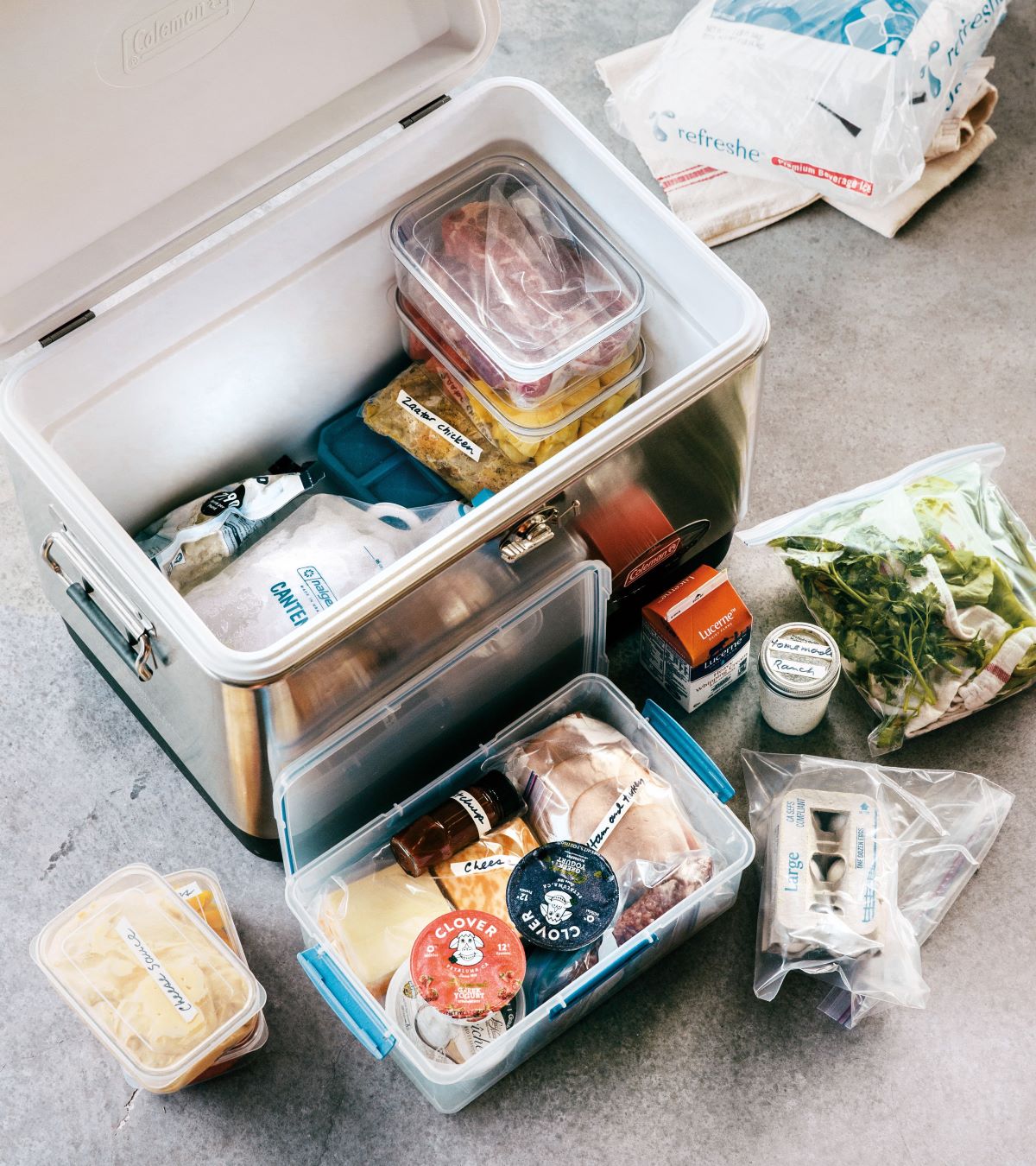
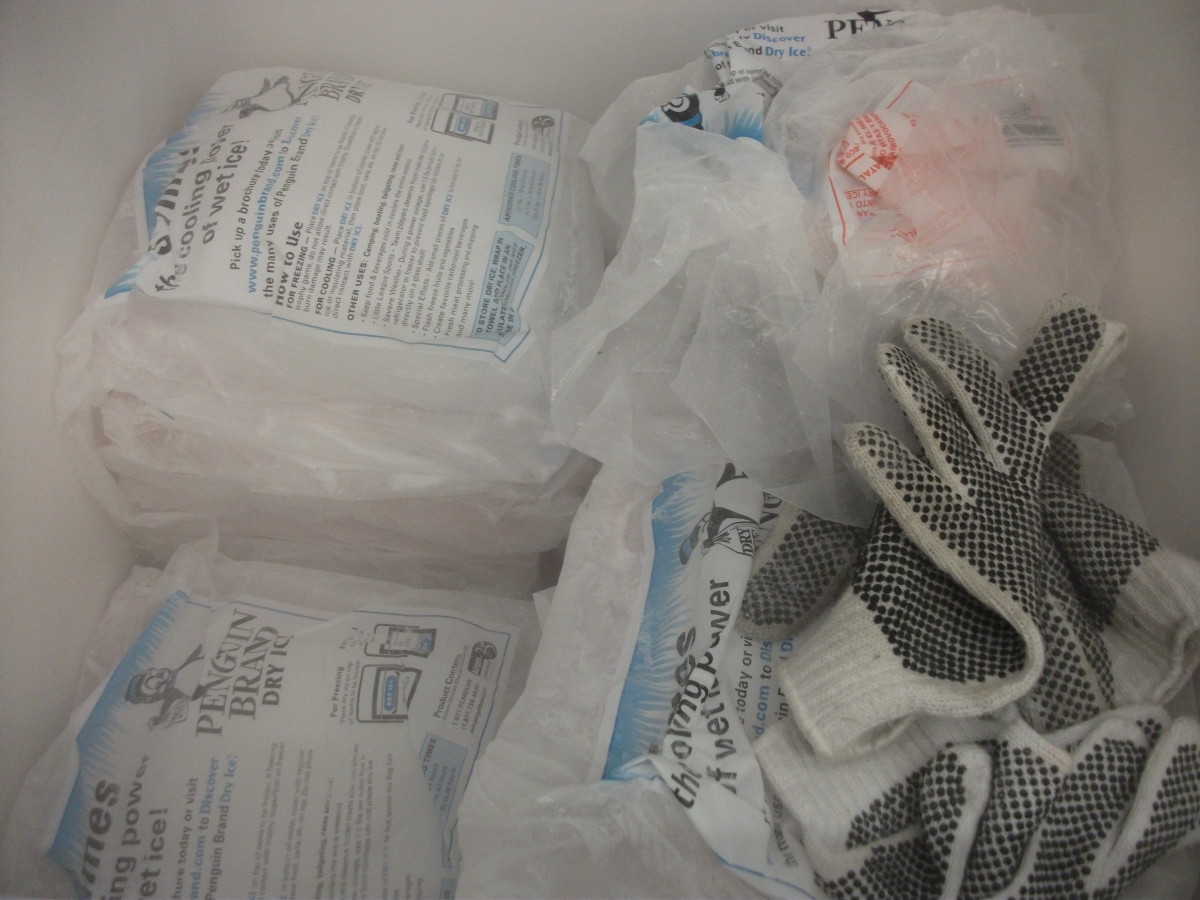
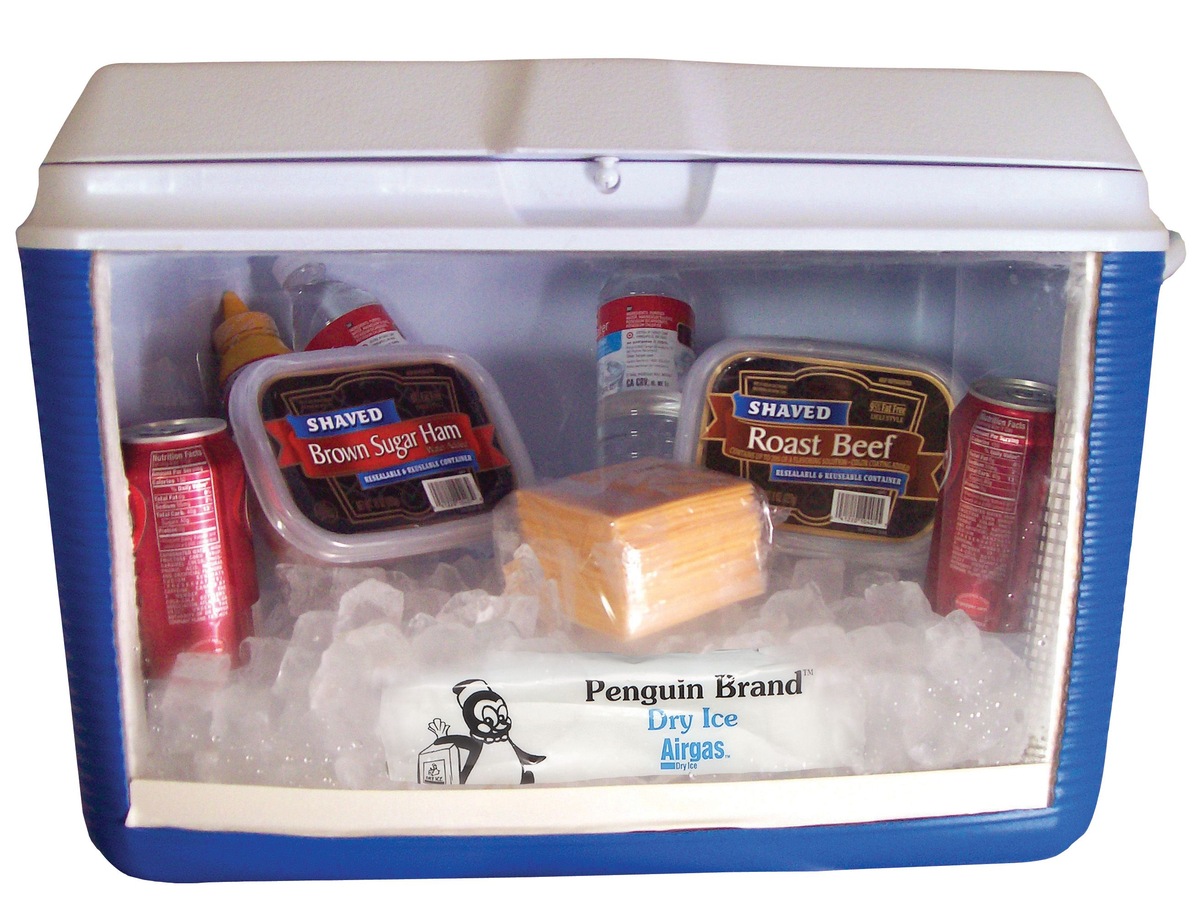
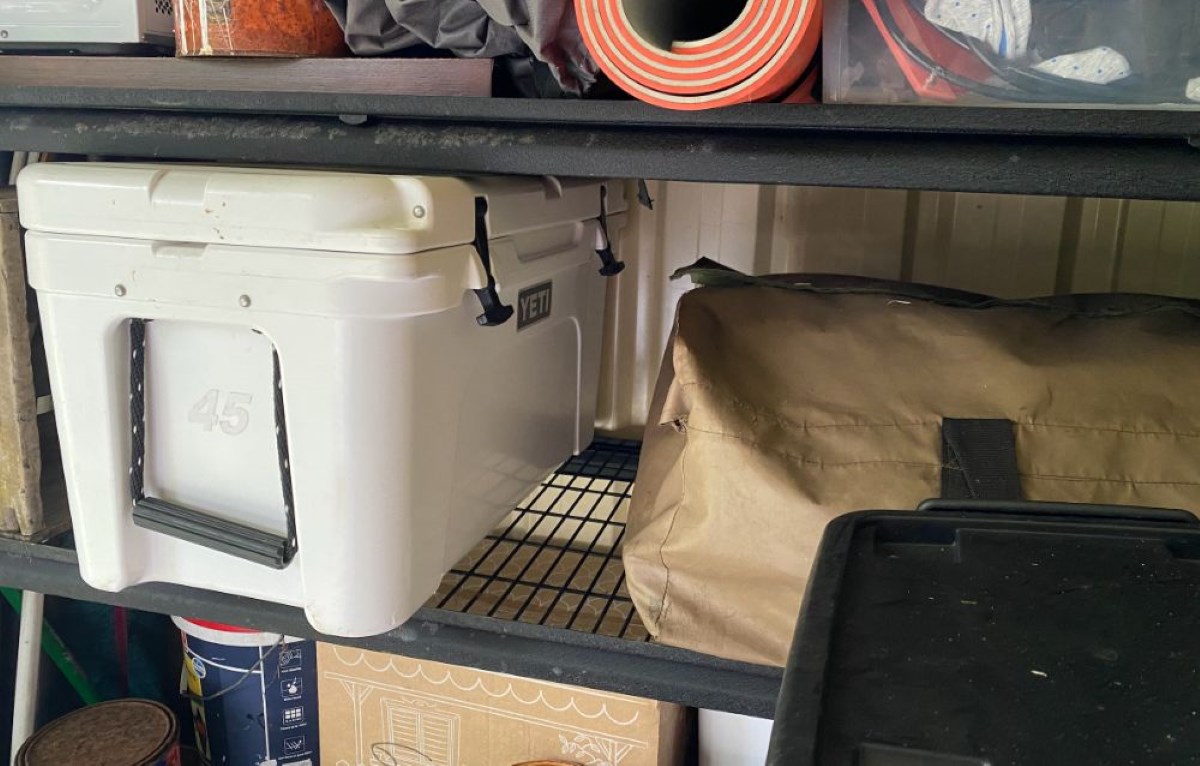
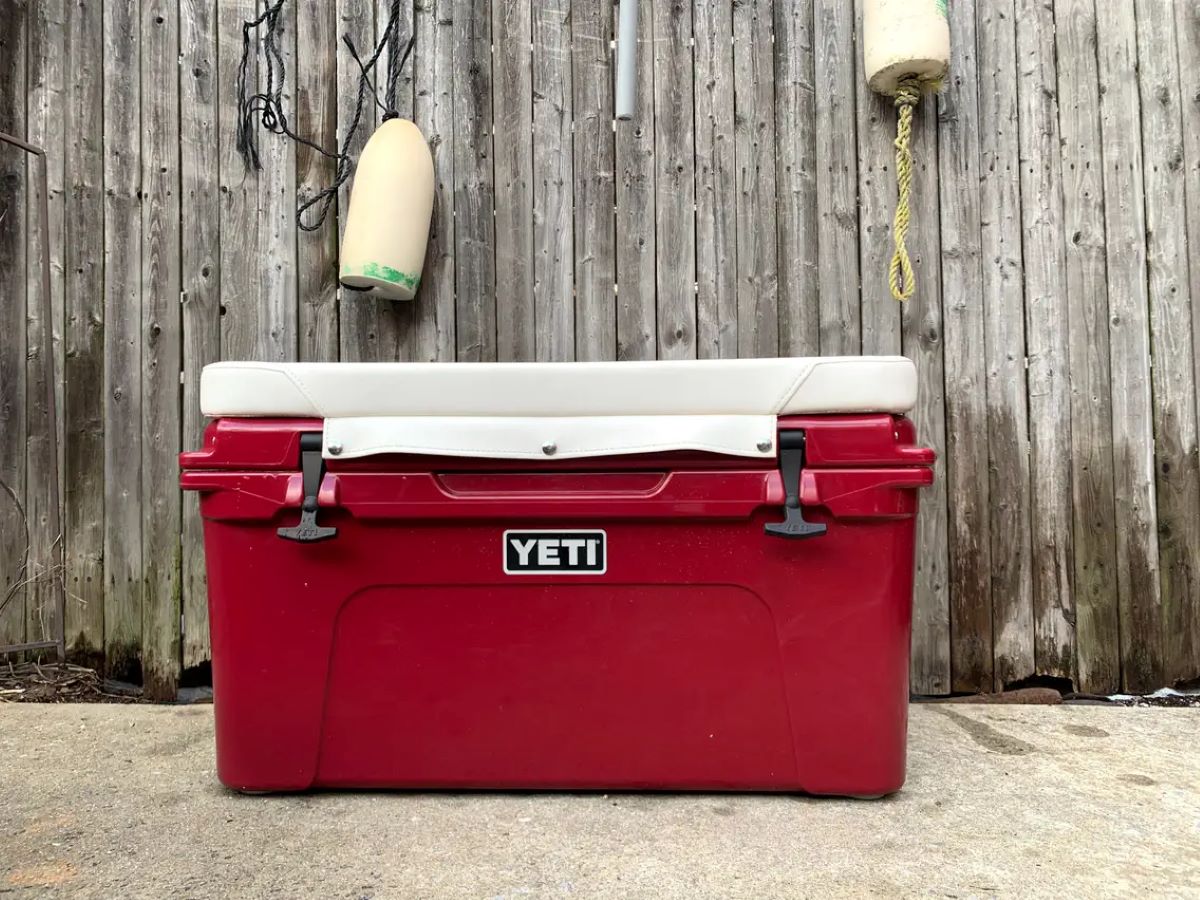
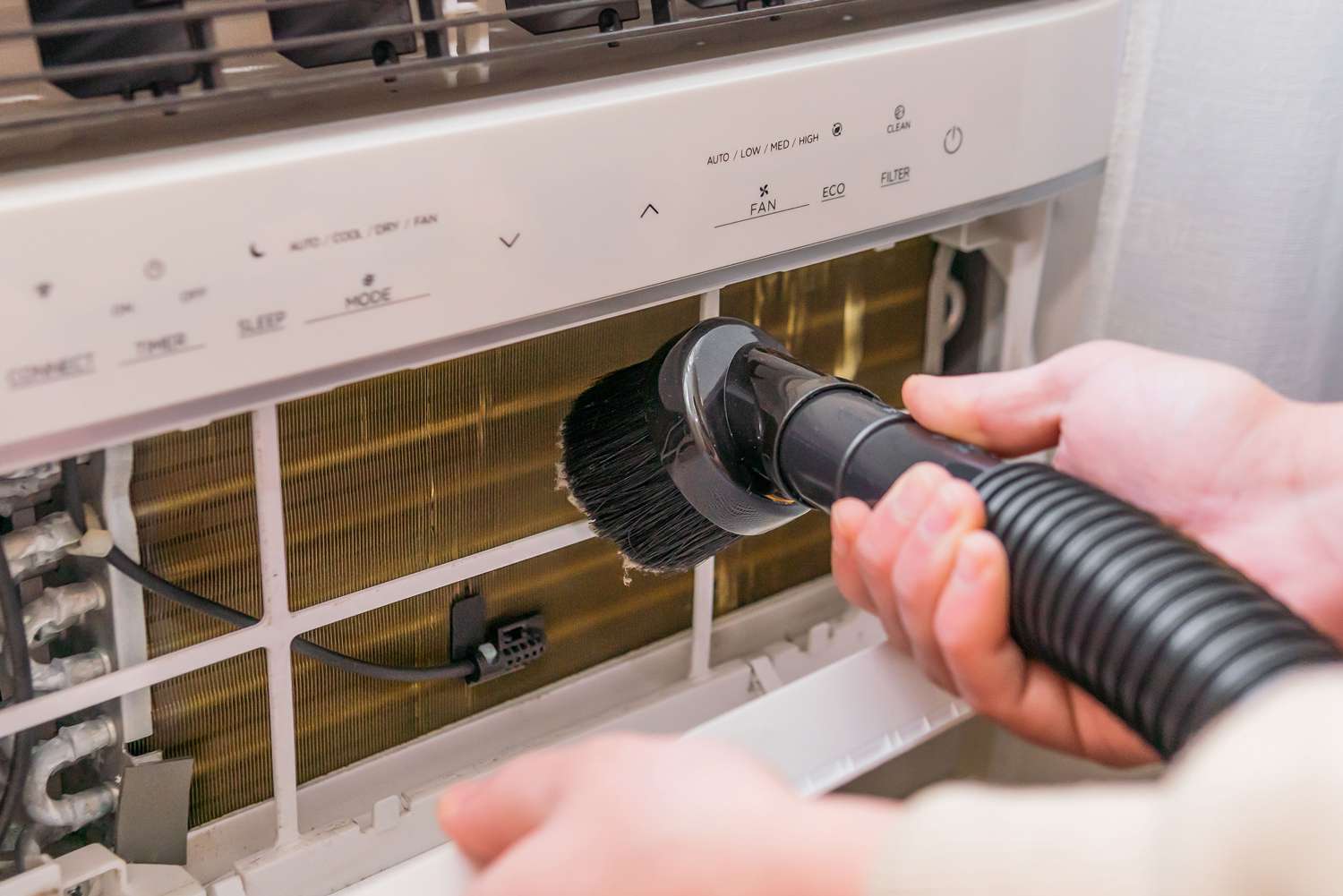
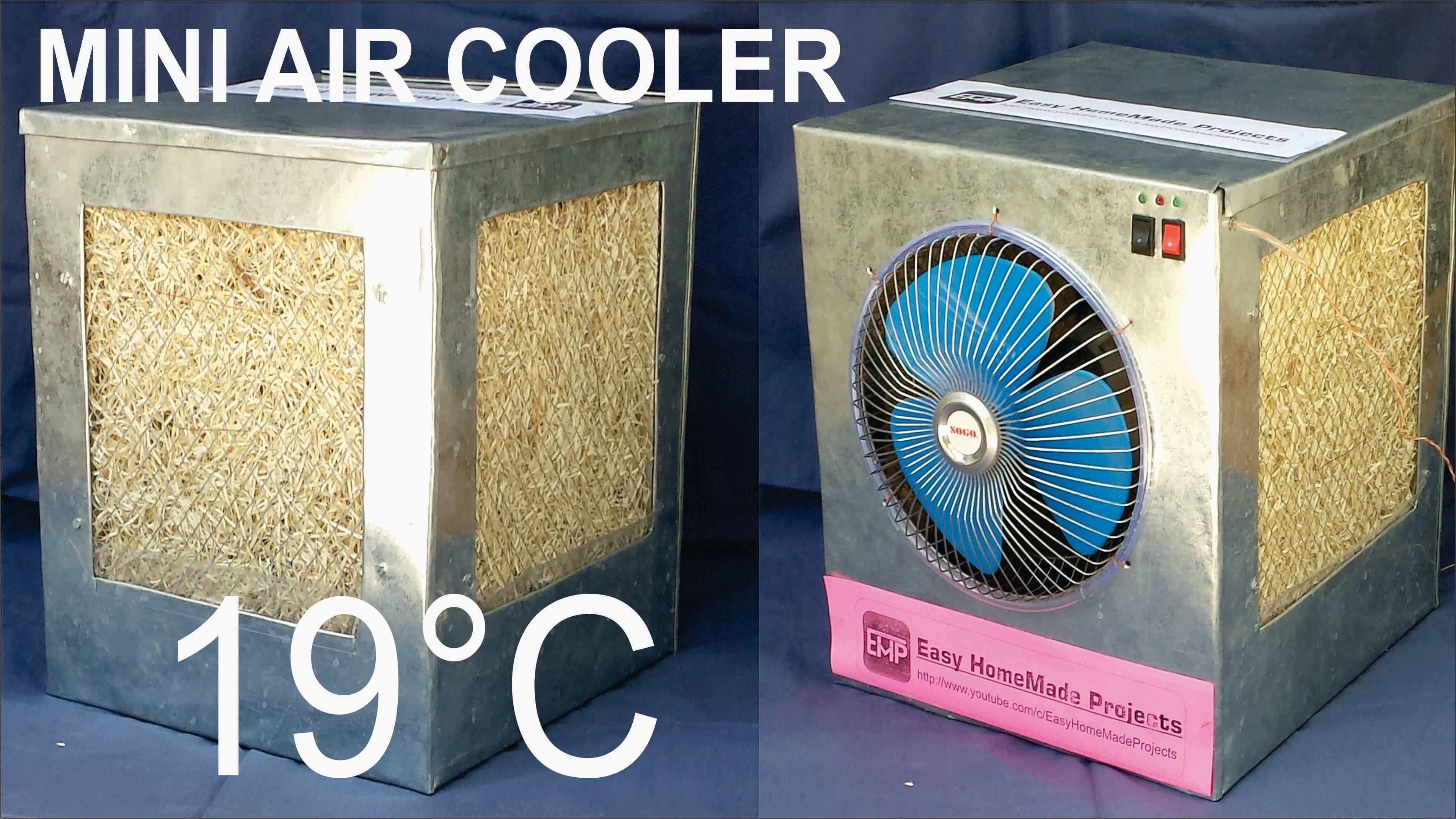
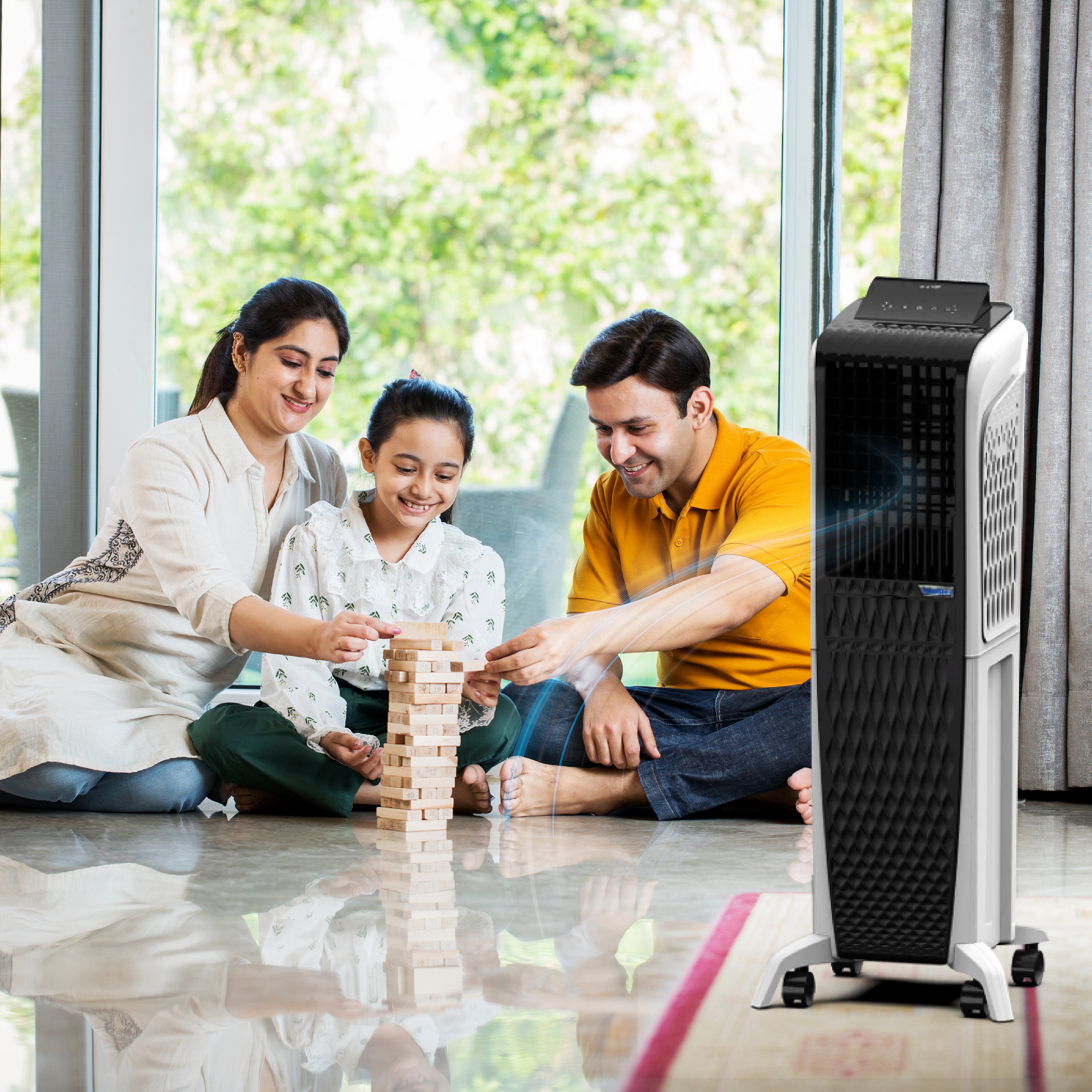
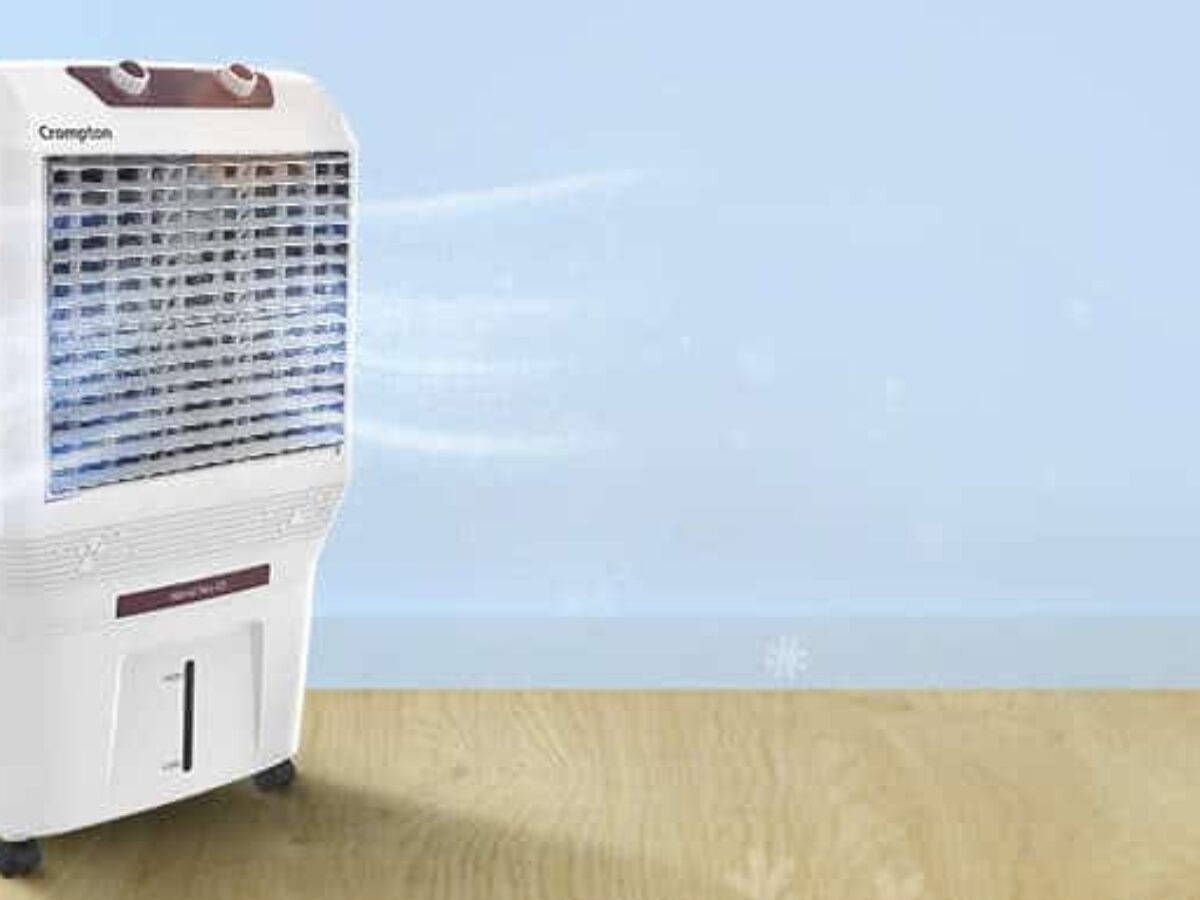

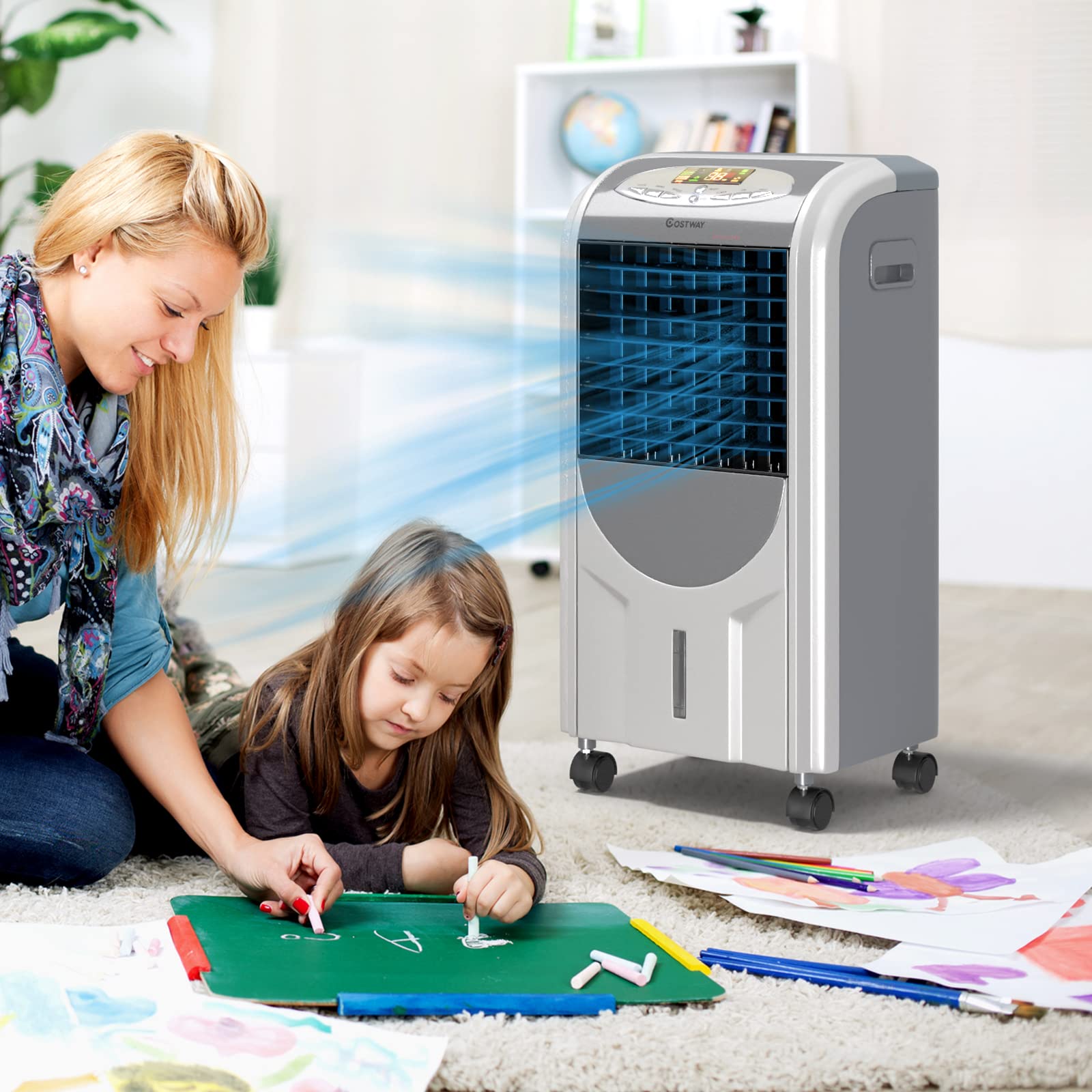

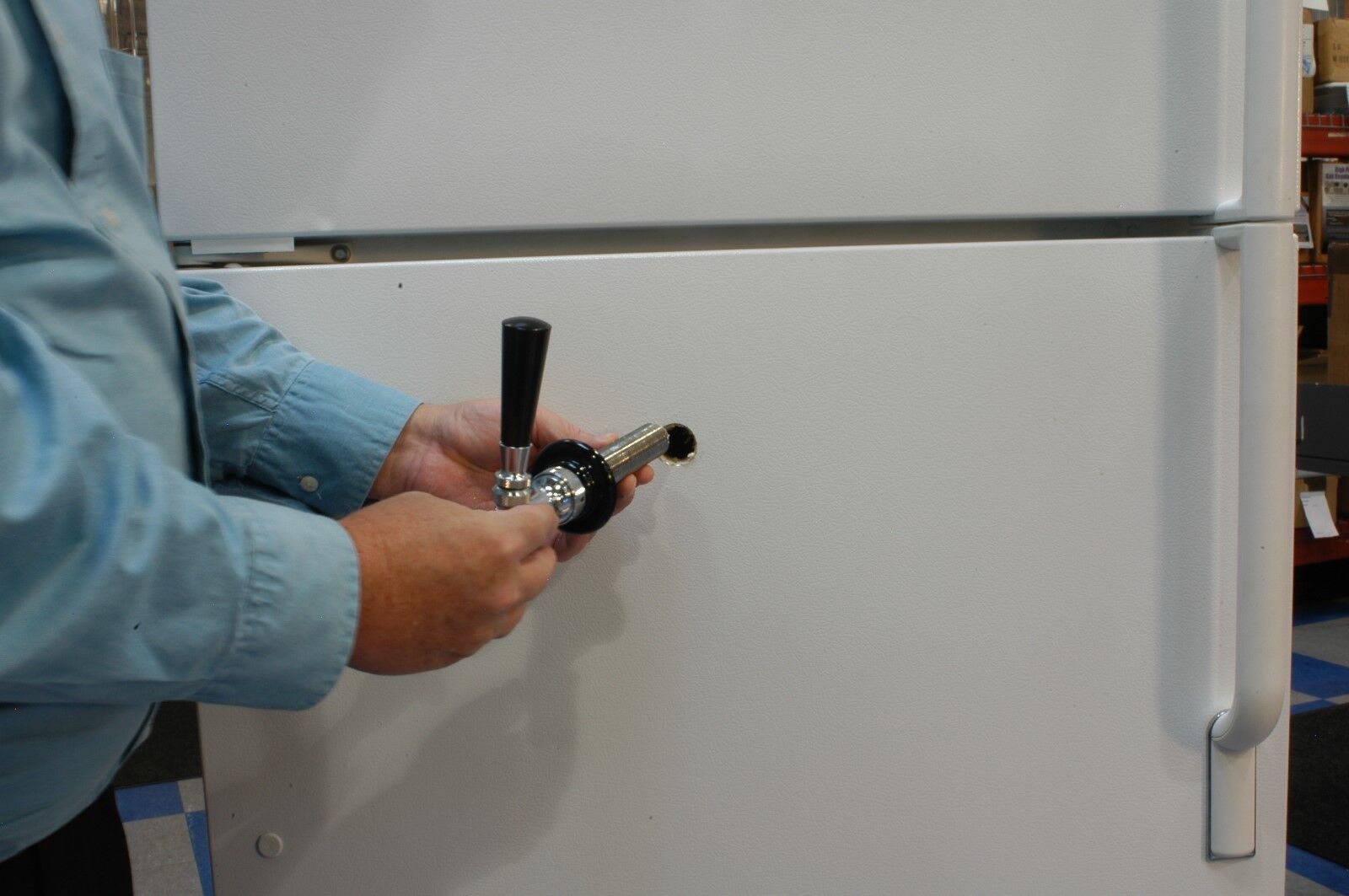
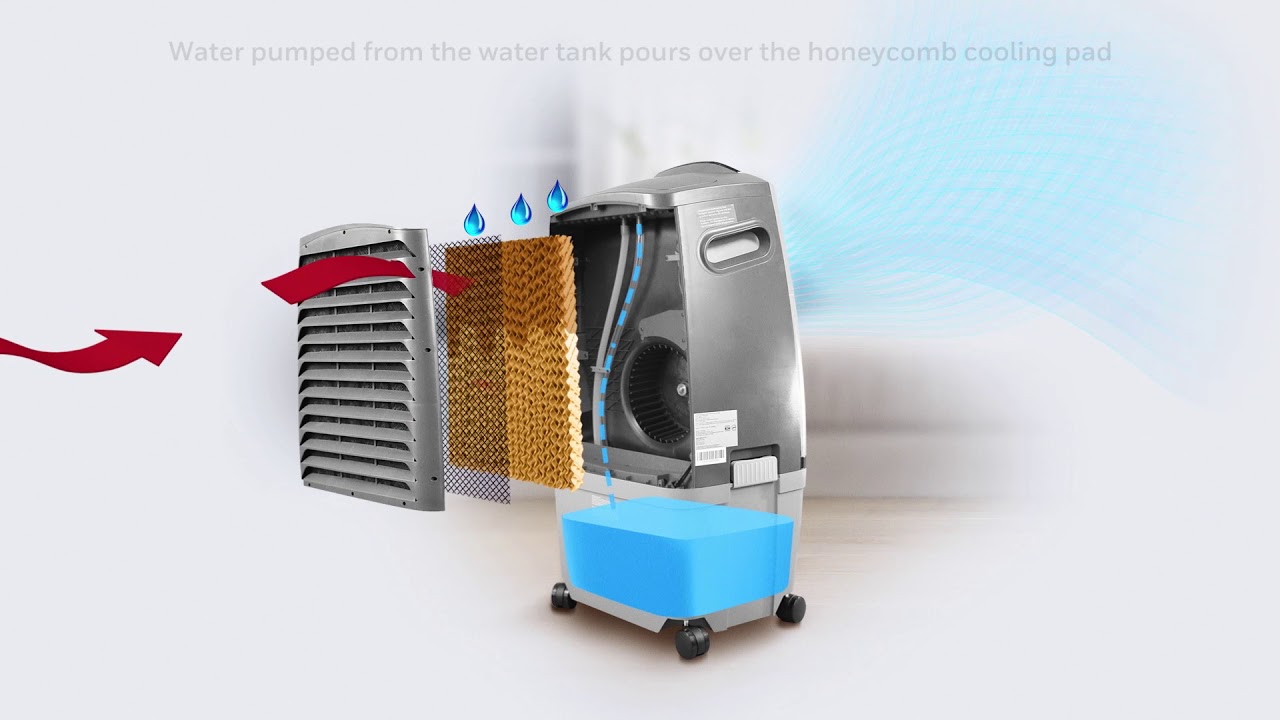

0 thoughts on “How To Store Coolers”